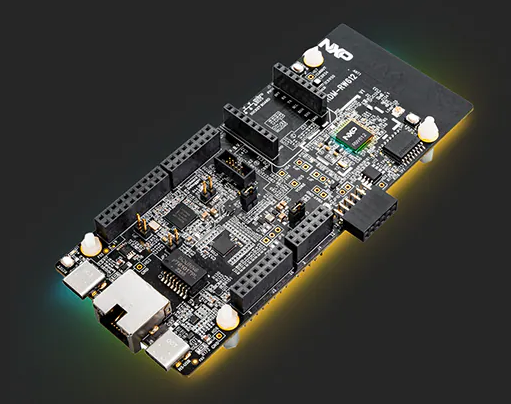
Wireless connectivity is the cornerstone of modern smart homes and industrial systems, driving the use of countless smarter and even more autonomous devices. At NXP, our focus on wireless interoperability ensures the critical ability for every device in an ecosystem to work together seamlessly.
Understanding Interoperability in Wireless Connectivity
Wireless systems today are built on a variety of communication protocols such as Wi-Fi, Bluetooth or Bluetooth Low Energy (LE), and IEEE 802.15.4 — which is used in Zigbee and Thread with each protocol serving a unique purpose. Interoperability refers to the ability of devices to work together cohesively, regardless of protocol, and it ensures that devices can communicate reliably across platforms and vendors.
The challenge with interoperability stems from the wireless specifications and standards that are not always clear upon implementation, and that there are certain areas with more leeway. For example, vendors end up interpreting specifications and implementing features in proprietary ways. This leads to devices from different vendors communicating in their own ways, resulting in inconsistent behavior across devices and vendors.
The Role of Matter in Protocol Interoperability
The Matter protocol — designed to unify smart home connectivity — adds another layer of complexity as it spans multiple transports such as Wi-Fi and Thread. However, with Matter there are multiple ways devices can interact, creating a network of device types and lines of connectivity. Matter supports both Wi-Fi and Thread, requiring devices to manage interactions across these layers. Ensuring compliance with Matter’s specifications demands rigorous testing, certification and a deep understanding of how different protocols behave in shared environments.
NXP’s focus on interoperability means developers can trust their devices to perform reliably across platforms, reducing friction and accelerating time-to-market.
RW612 Tri-Radio Wireless MCU: An Interoperability Game-Changer
With the RW612 Wi-Fi 6 Tri-Radio Wireless microcontroller unit (MCU), NXP provides developers with a versatile solution for improved interoperability. Specifically, the RW612 is designed for coexistence, integrating multiple radios to support Wi-Fi, Bluetooth LE and 802.15.4 in a single-chip solution. Additionally, the advanced coexistence feature allows these radios to operate without interfering with each other.
The RW612 also offers a unique and ideal solution for the Matter Border Router, enabling developers to build complete Matter ecosystems with just this wireless MCU due to its support for both Wi-Fi and Thread.

For more information, visit NXP.
















